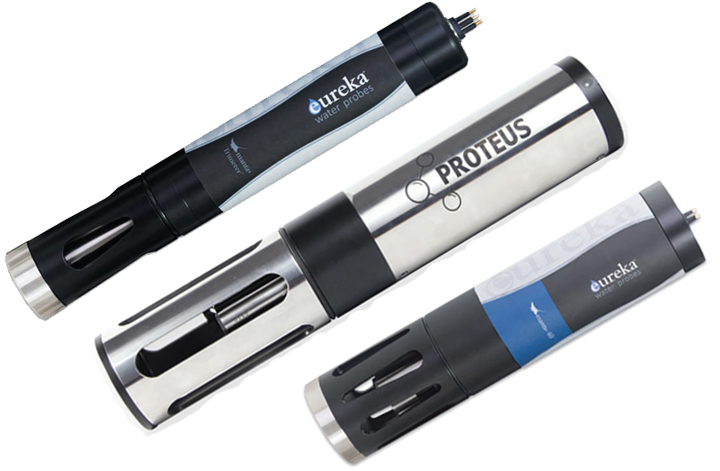Measuring Tryptophan Fluorescence
Tryptophan is an aromatic (relatively complex) amino acid that is fluorescent in the UV region (i.e. it absorbs and re-emits light of a certain wavelength). Recent work has shown that Tryptophan-like (T1) fluorescence peaks in surface waters are associated with the input of labile organic carbon (e.g. sewage or farm waste) and products of its microbial breakdown. Furthermore, the strong correlation between BOD5 and T1 fluorescence means BOD5 can be monitored in real time, in-situ using a T1 a submersible fluorometer.






